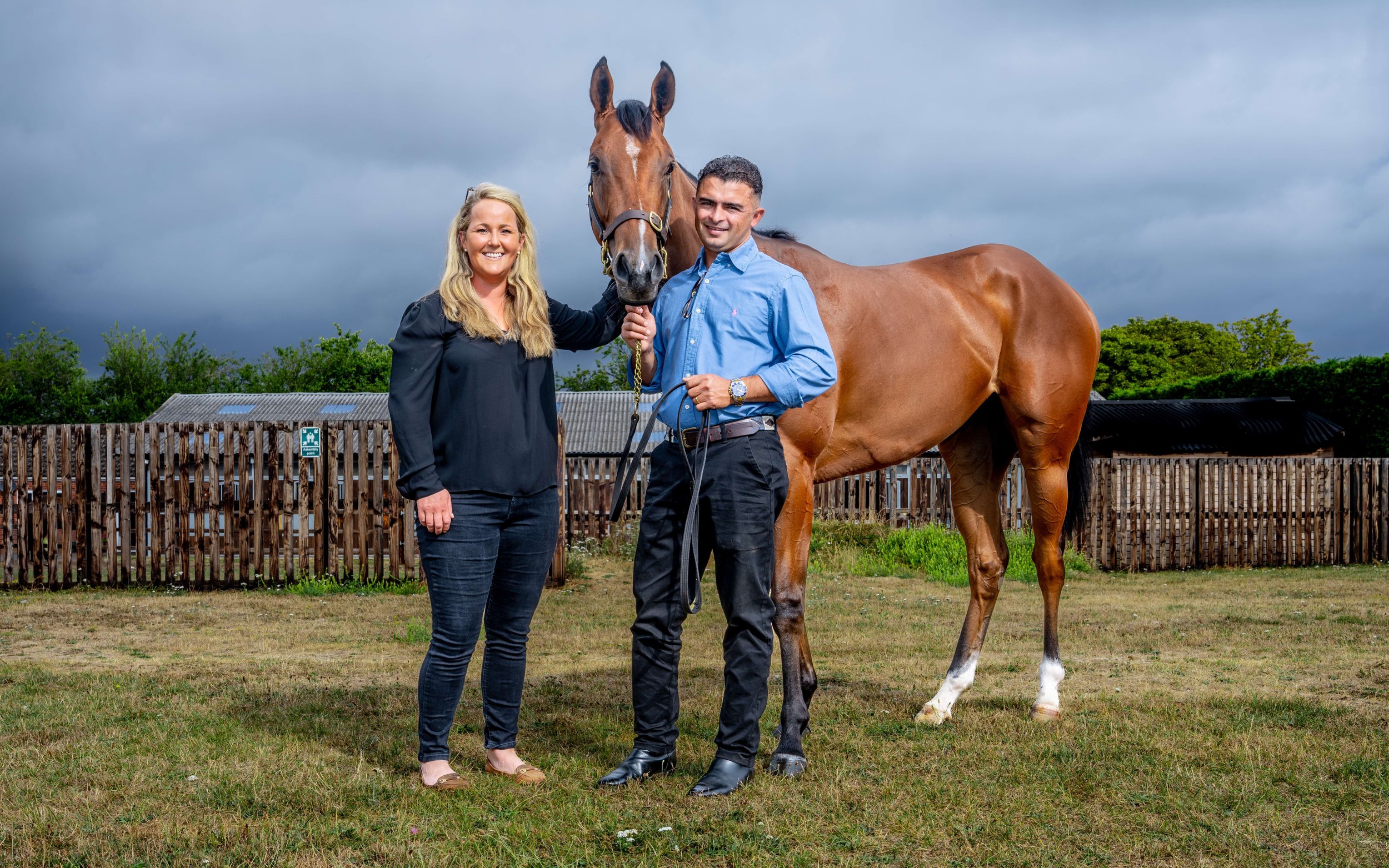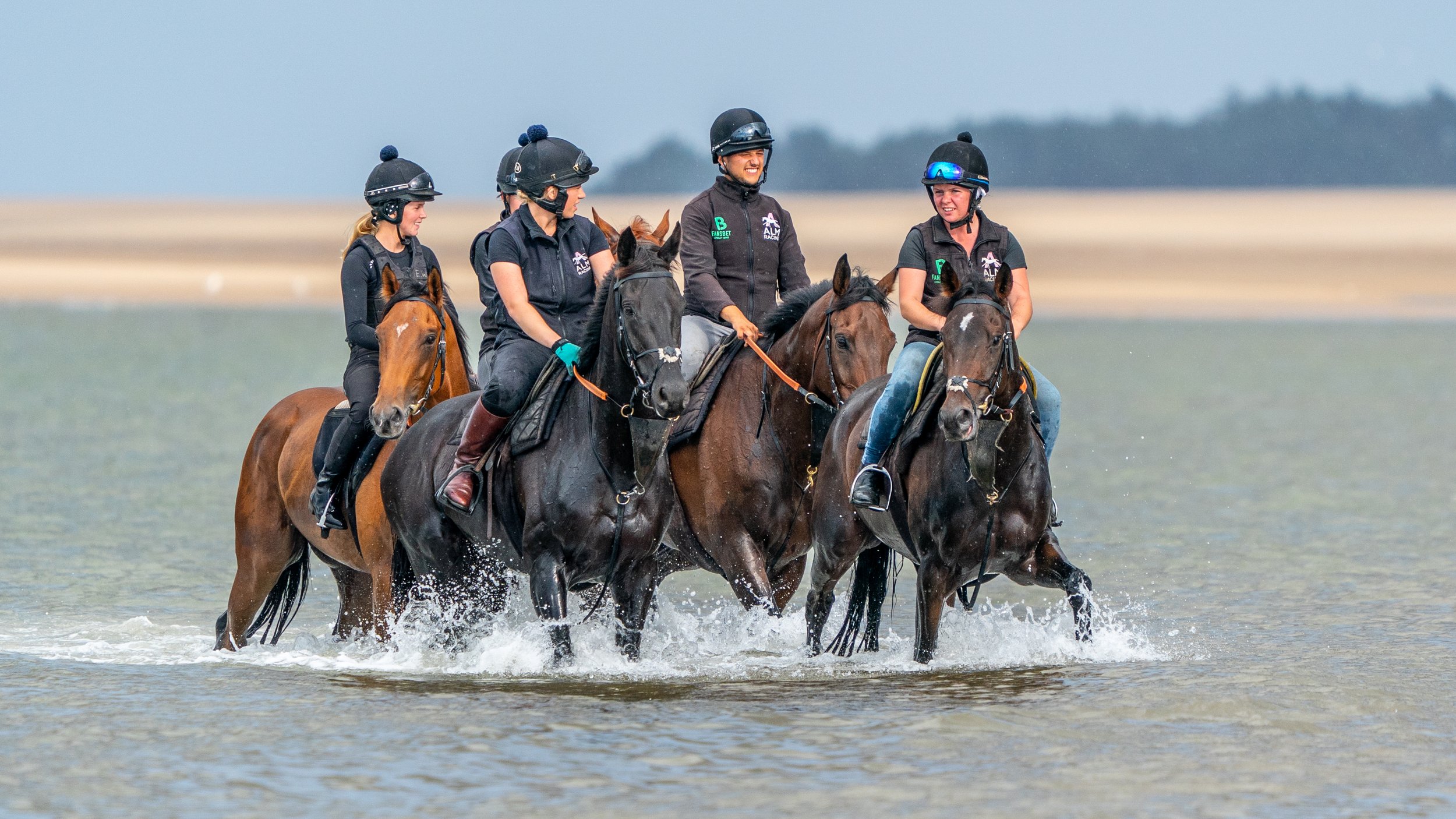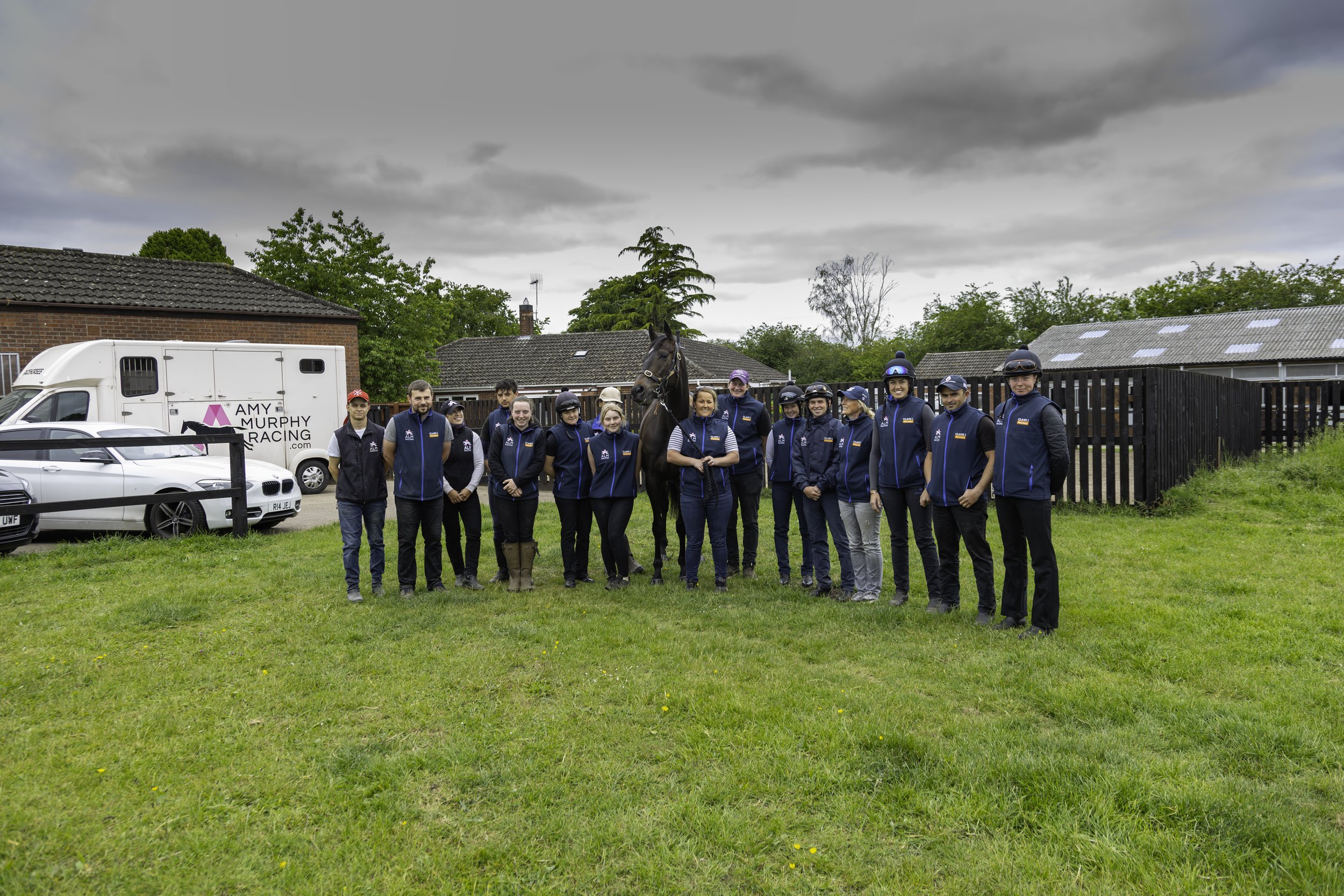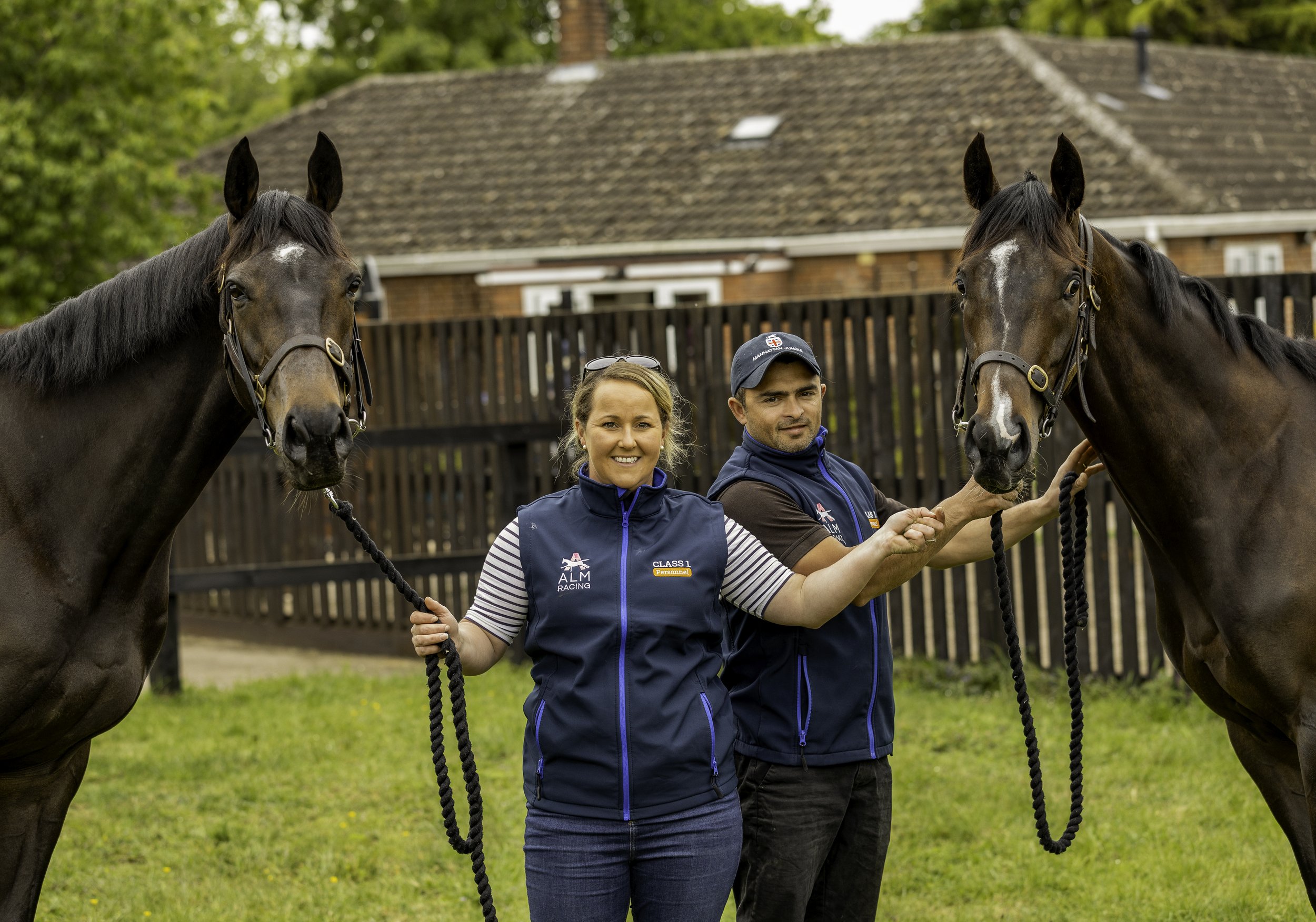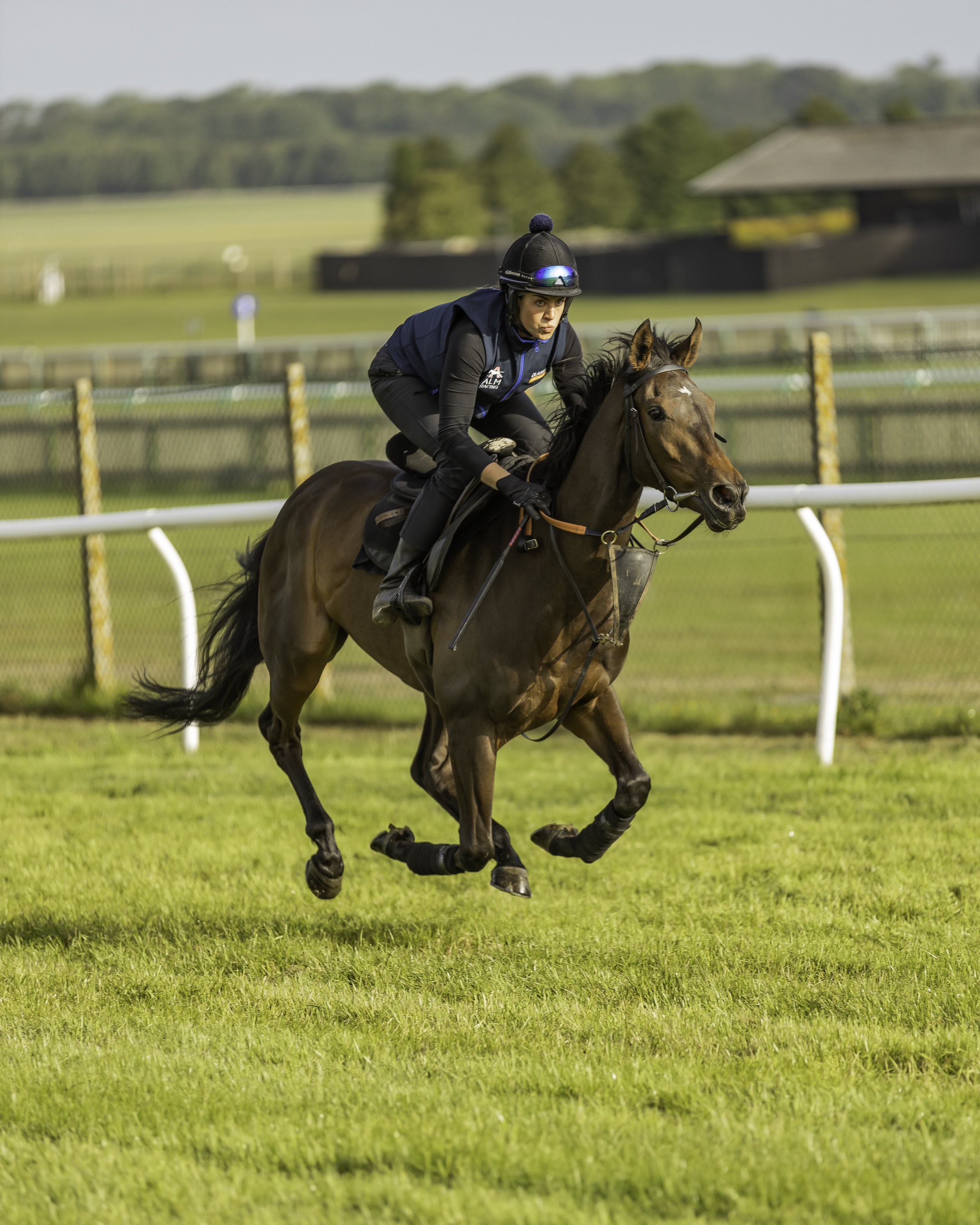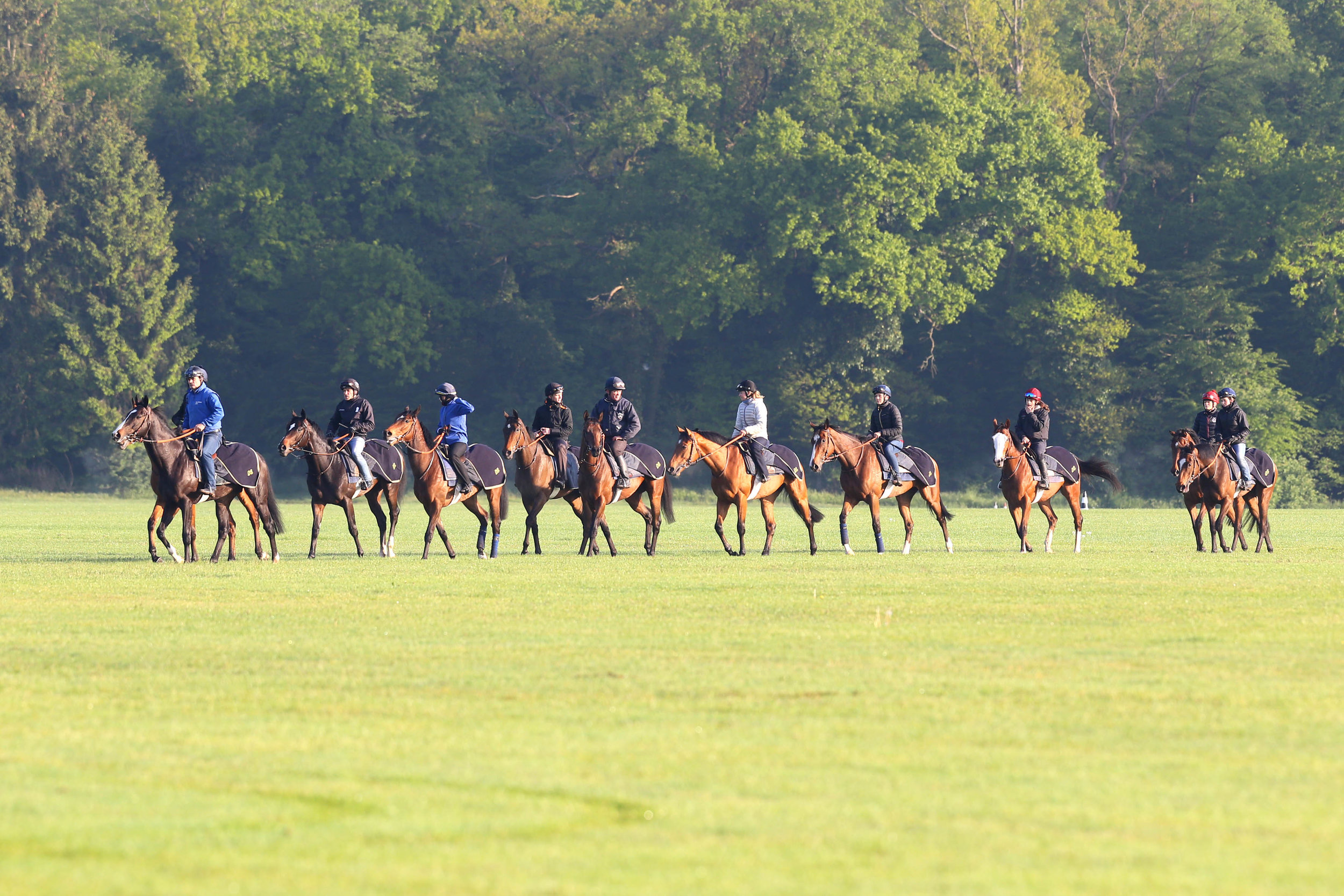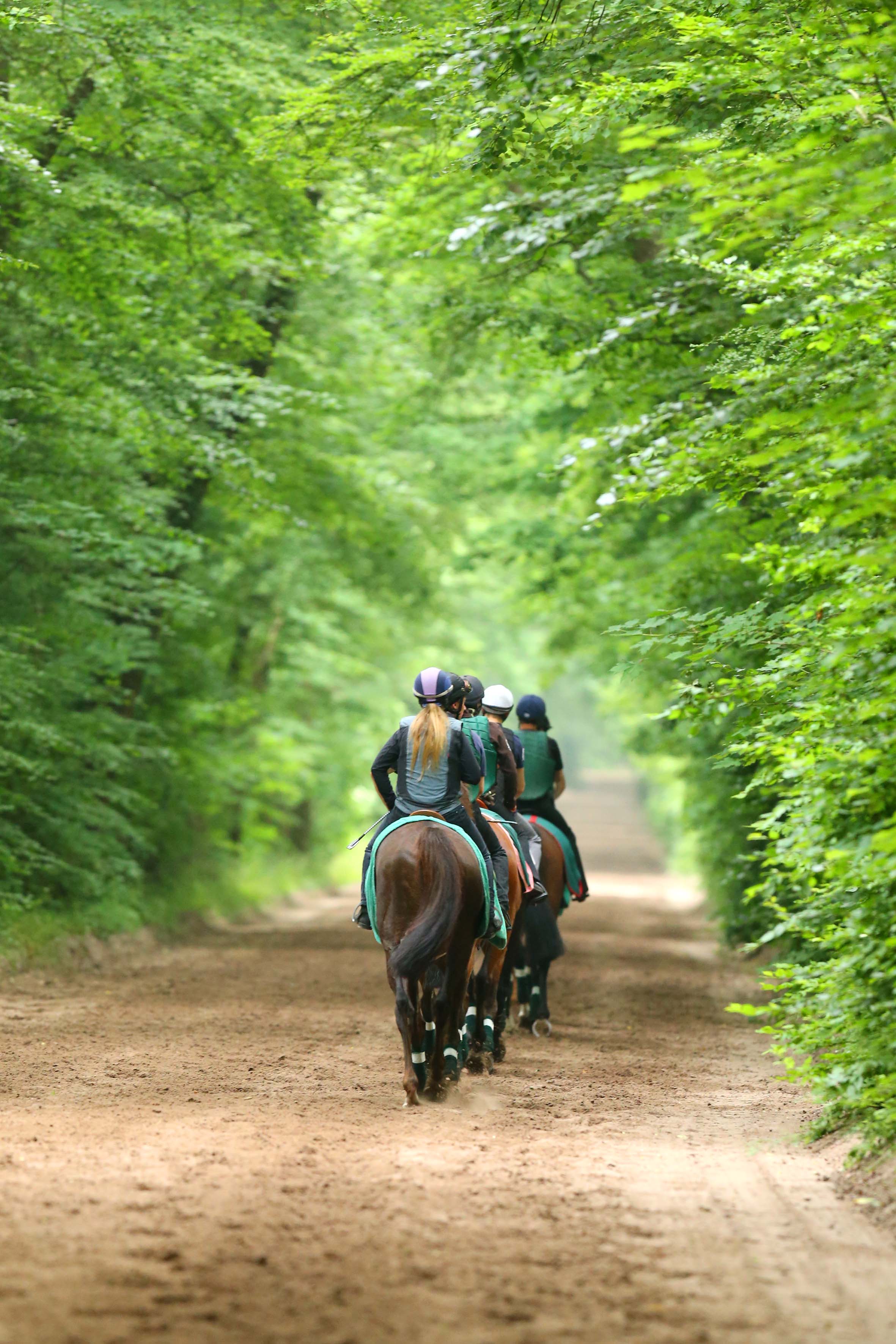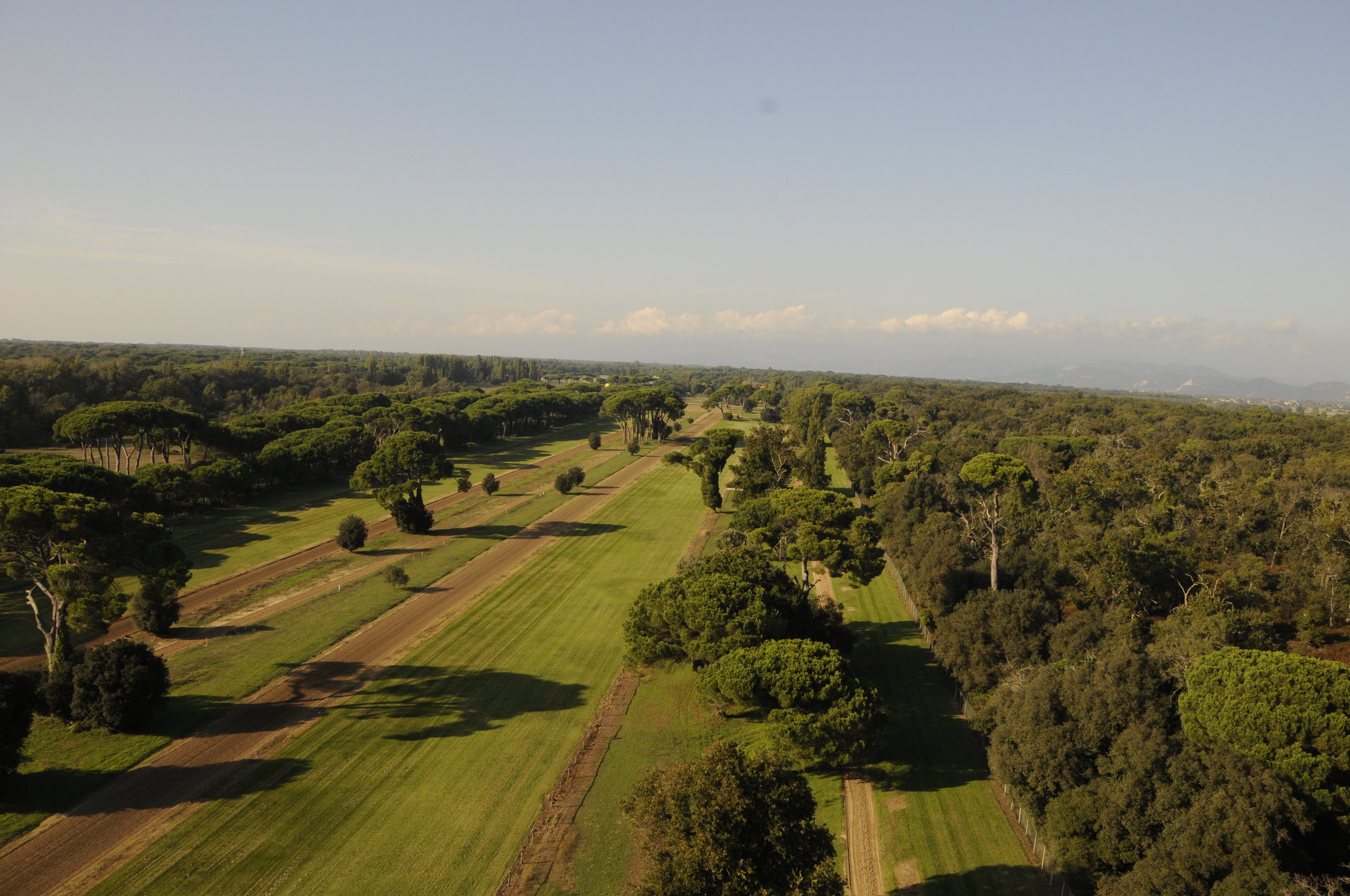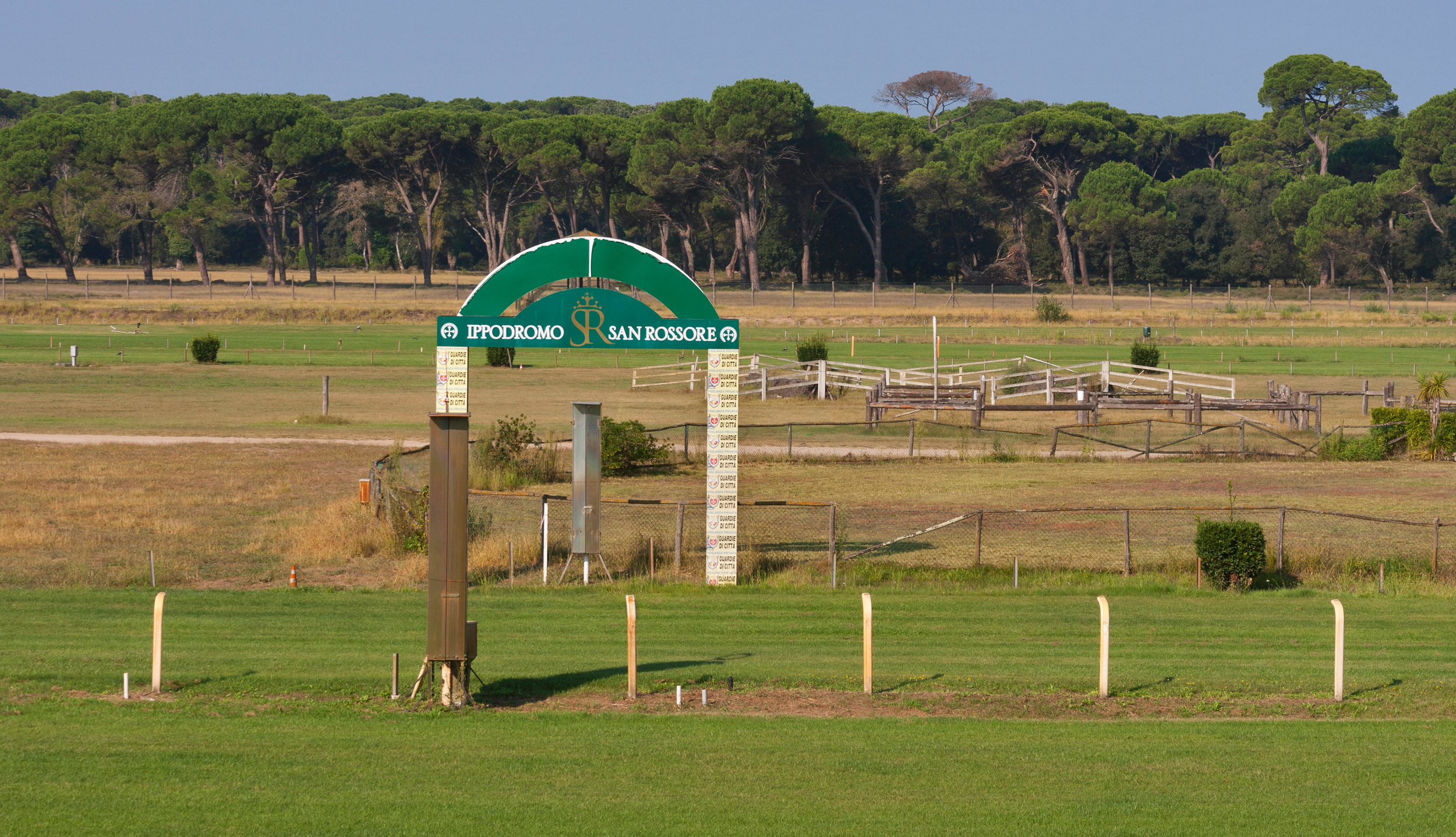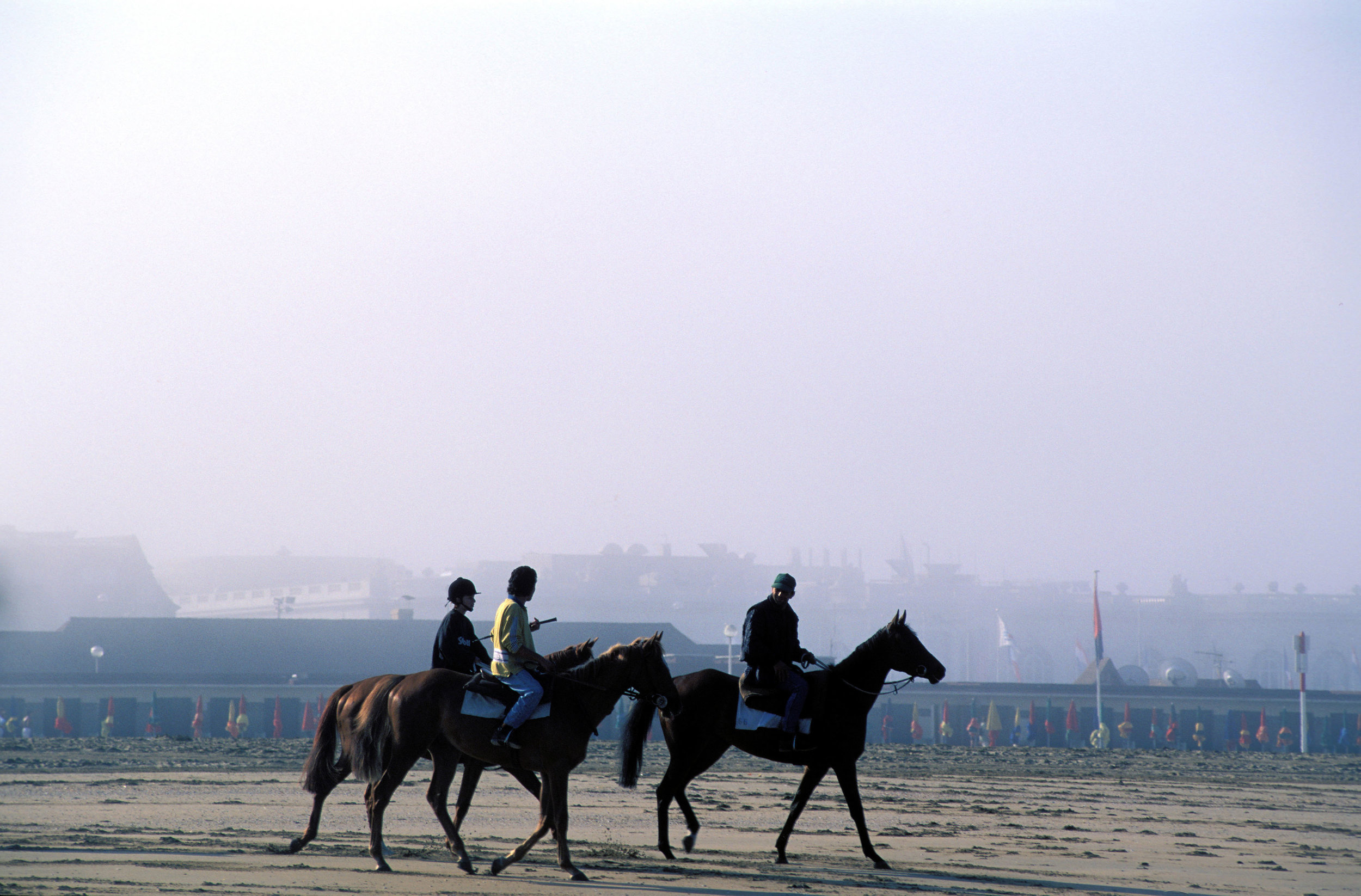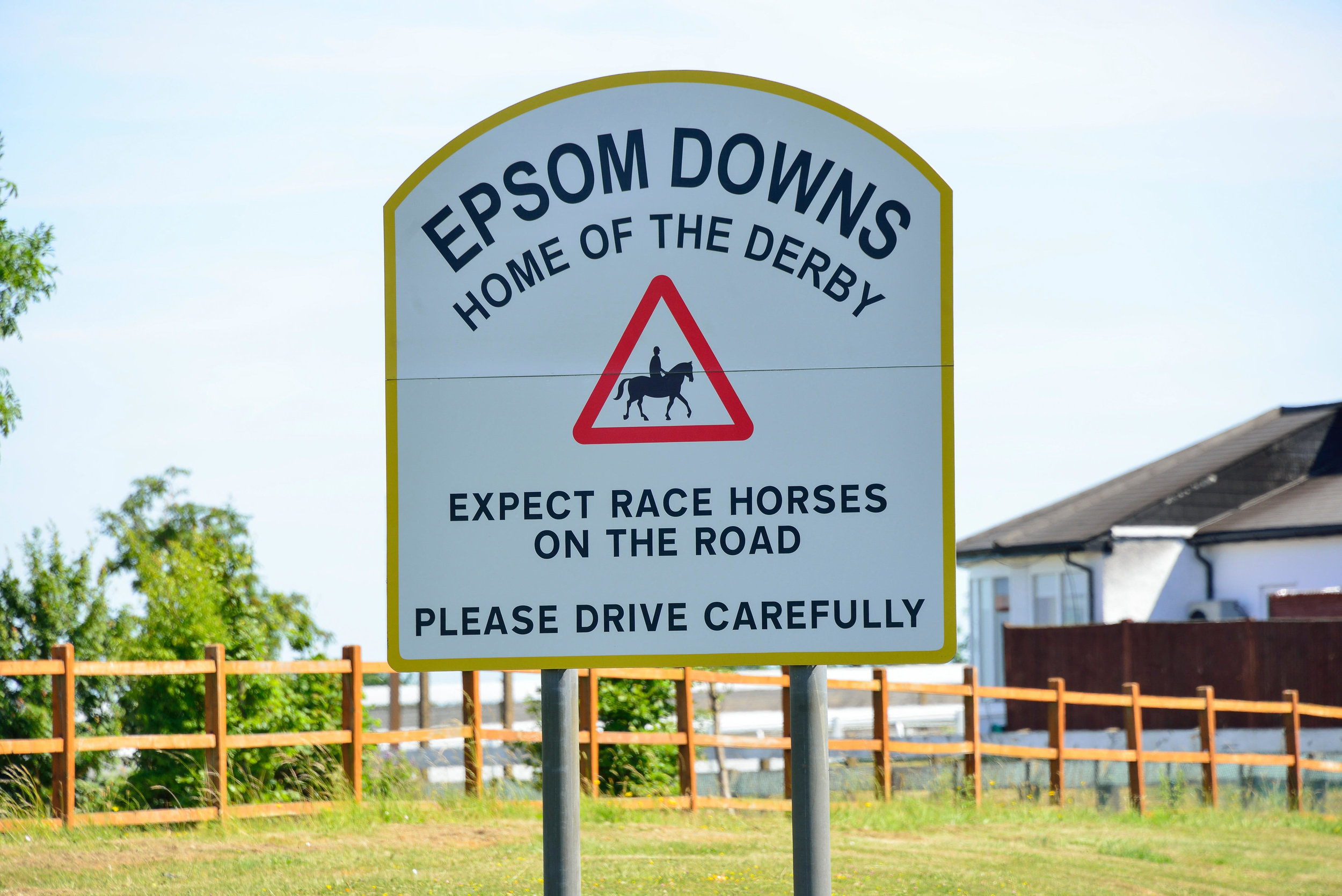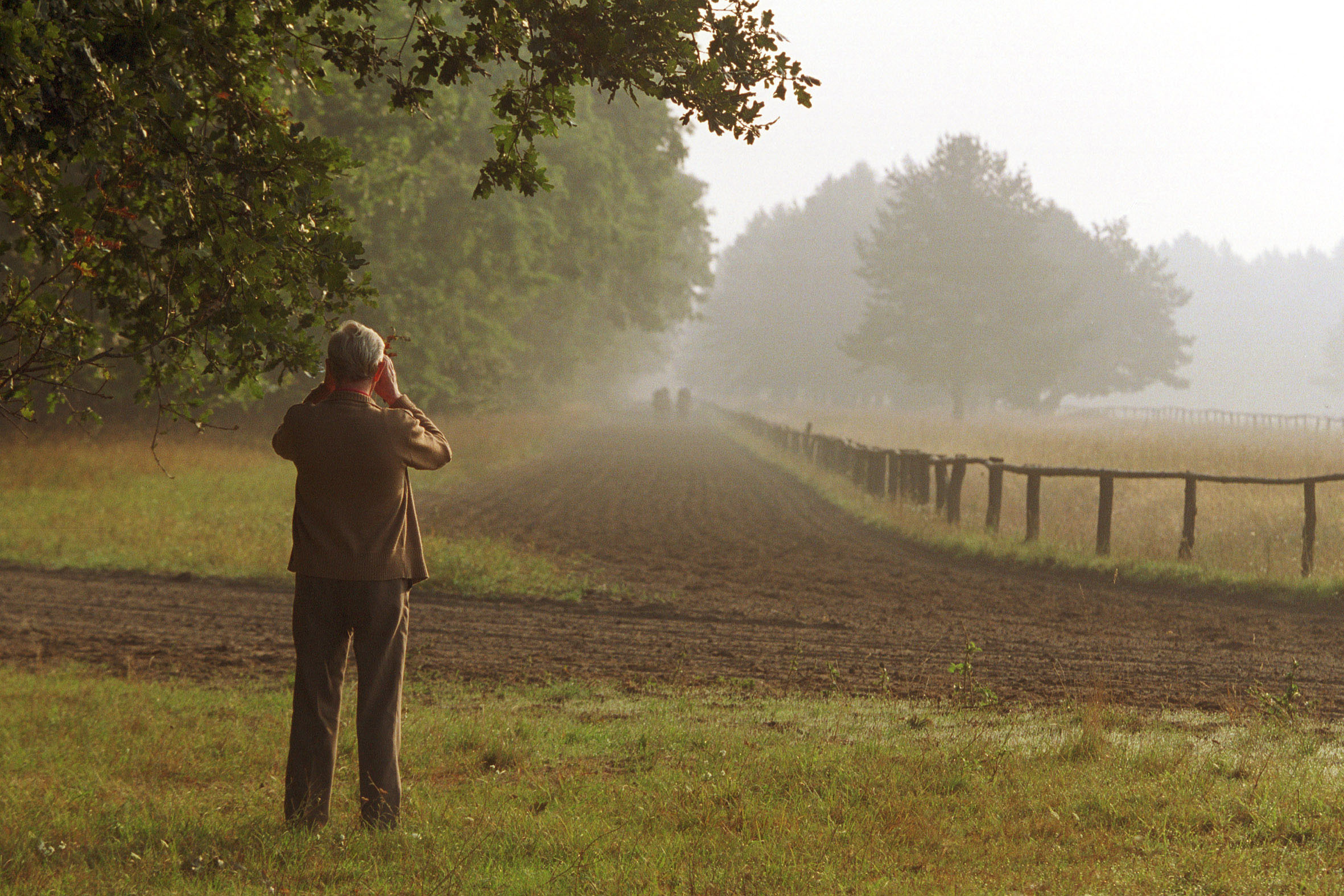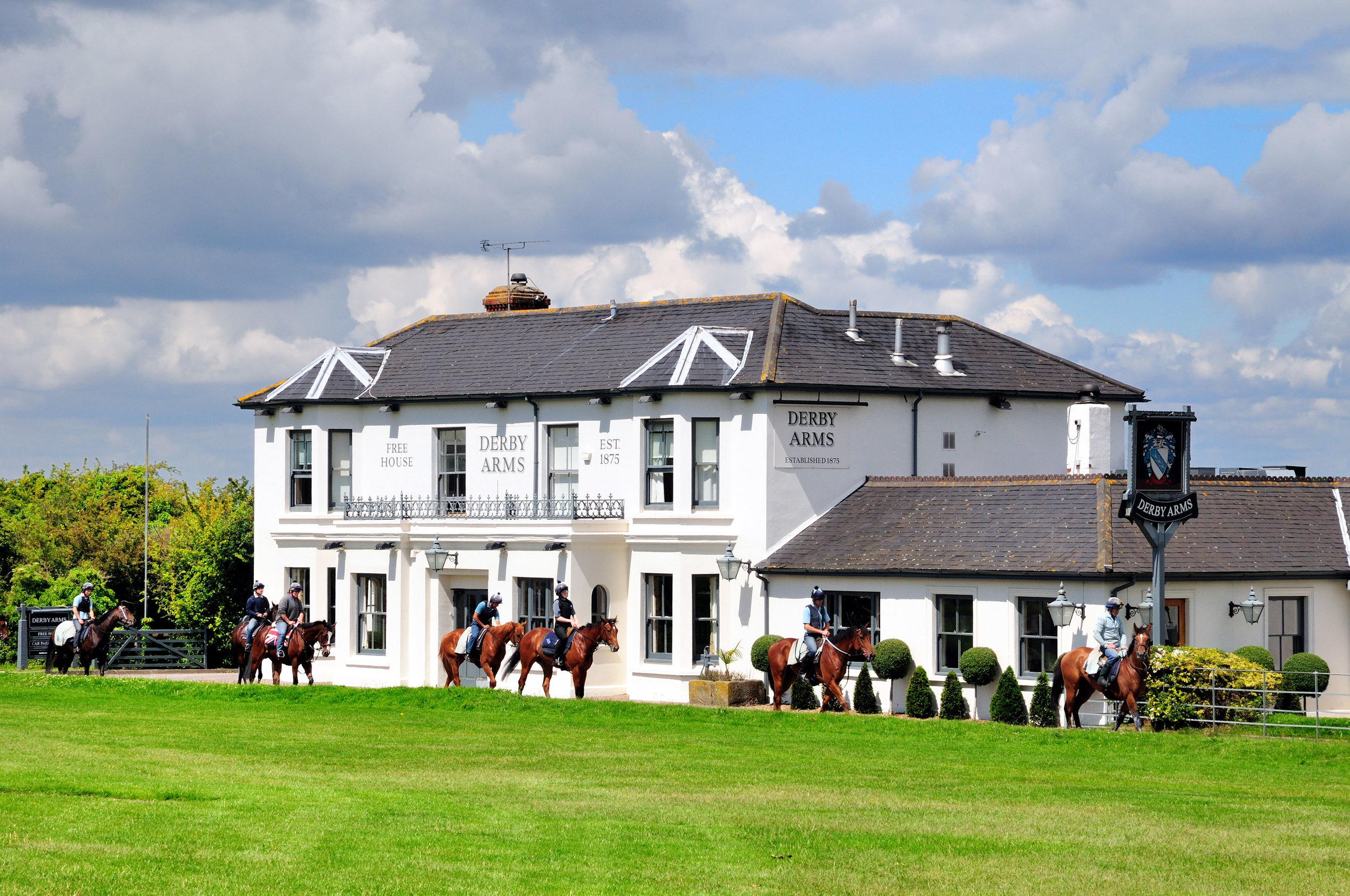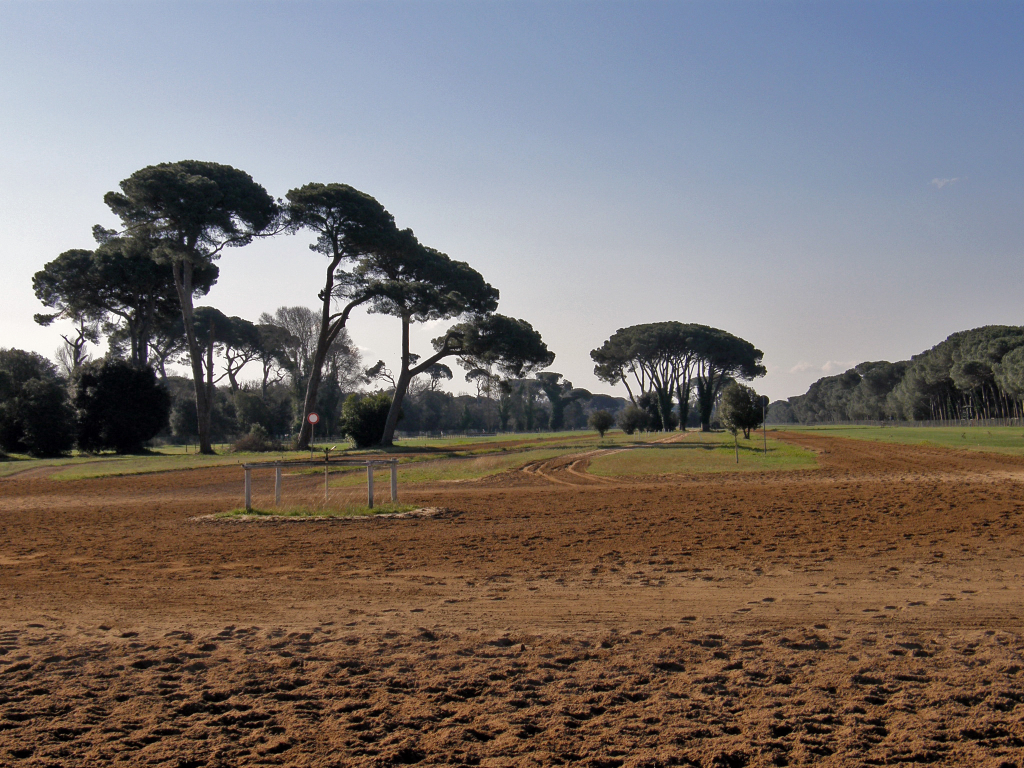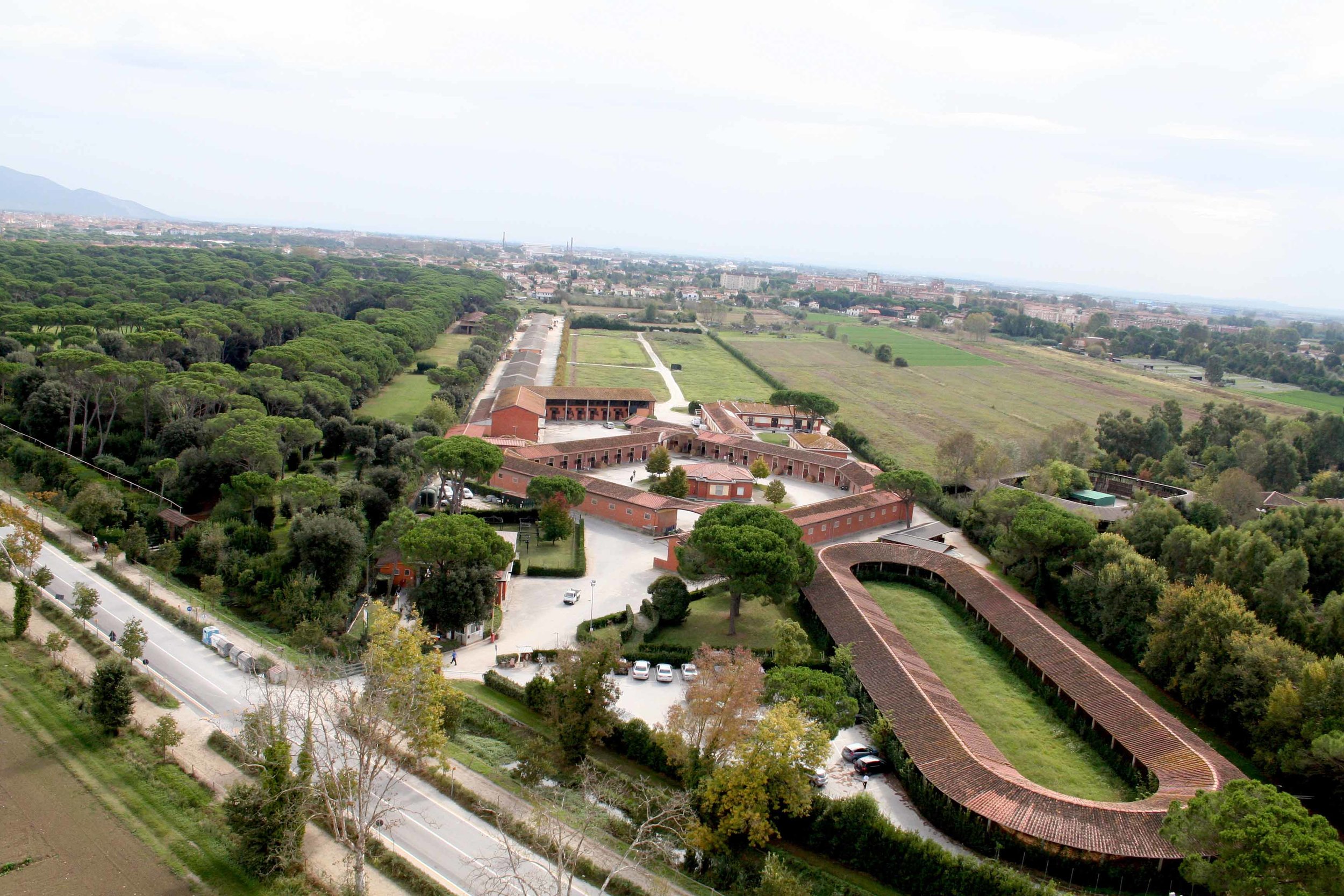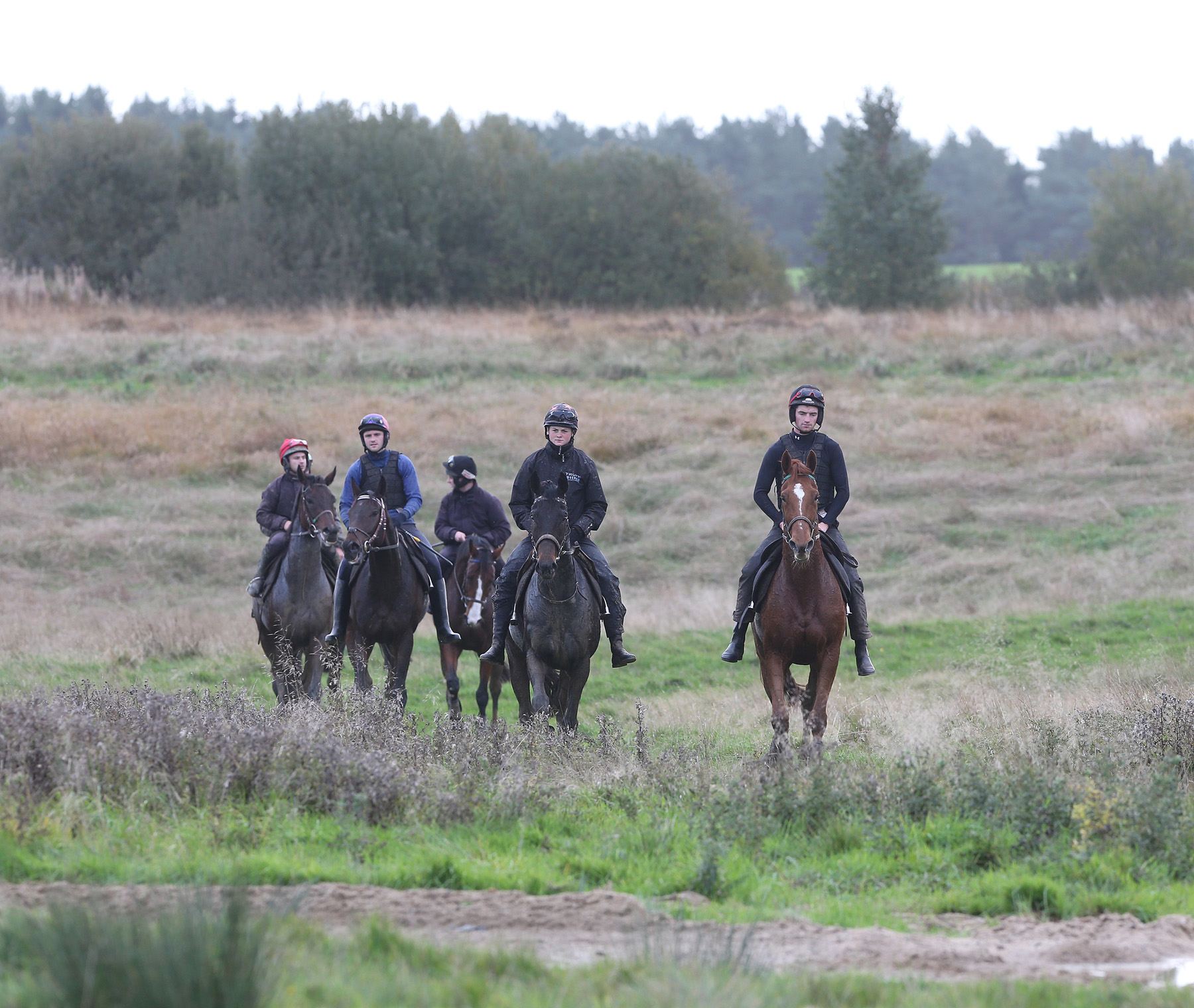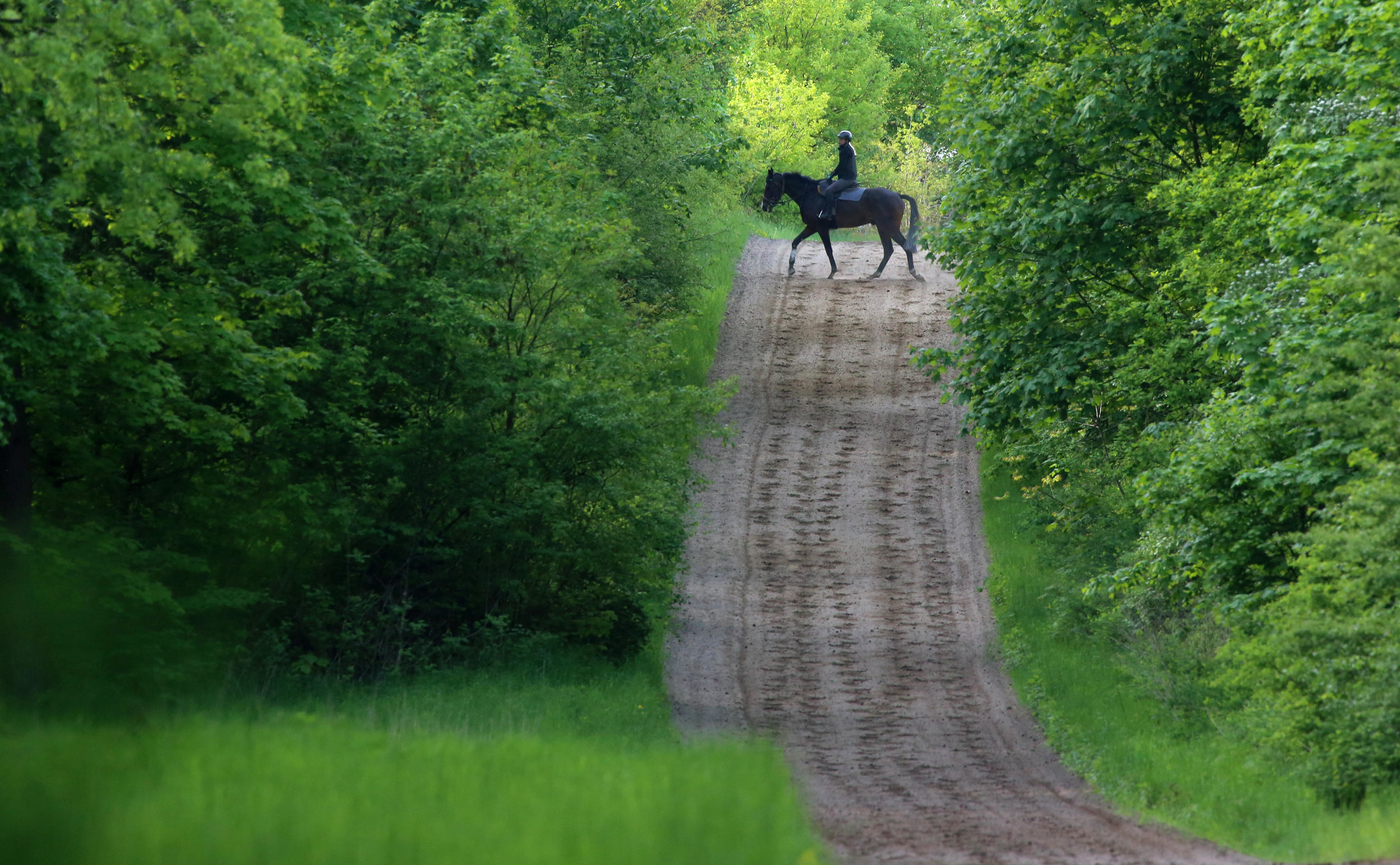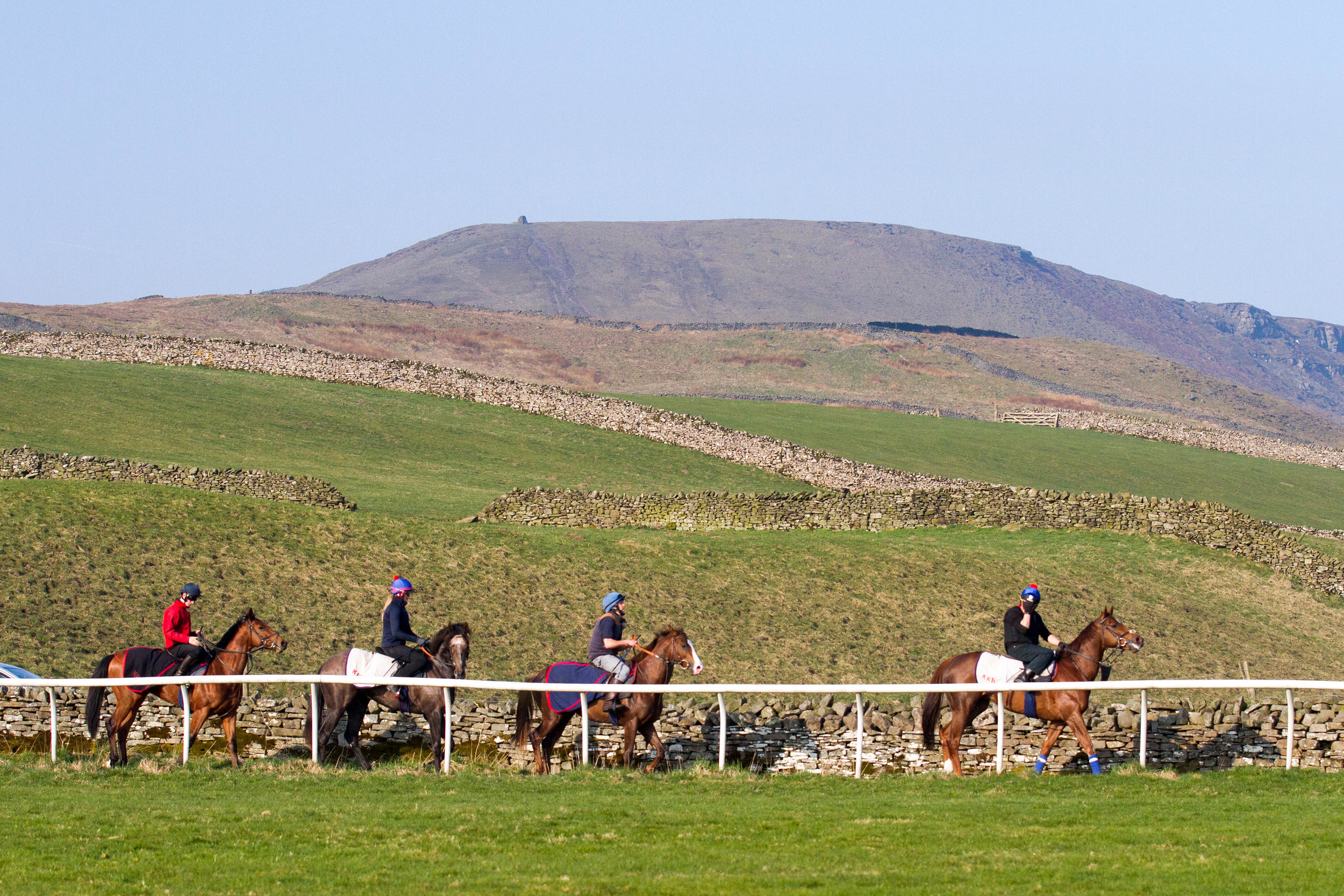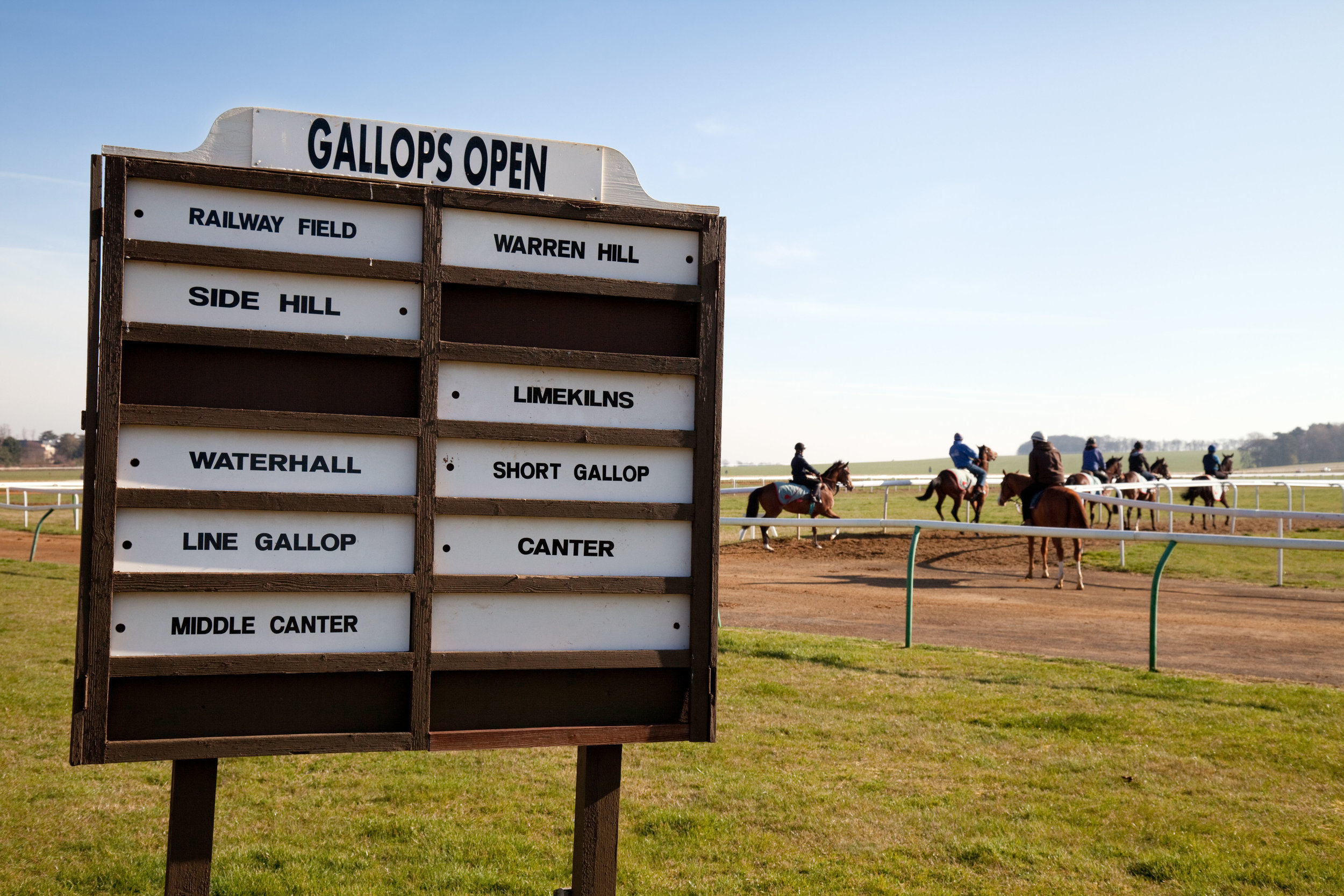Amy Murphy – Thinking Outside the Box
Equuis Photography / Jason Bax
Article by Katherine Ford
“I’m a bit choked up; this horse means the absolute world to me…” Amy Murphy was close to tears at Auteuil in March as she welcomed stable stalwart Kalashnikov back into the Winners’ Enclosure with Jack Quinlan aboard. It was a first success in almost four years for the ten-year-old, although the intervening months had seen the popular gelding performing creditably at Graded level in campaigns interrupted by injury. Connections pocketed €26,680 for the winners’ share of the €58,000 conditions hurdle; but the satisfaction far surpassed the prize money.
“An awful lot of blood, sweat and tears have gone into getting him back, but don’t get me wrong: if at any point we thought that he wasn’t still at the top of his game, we’d have stopped because he doesn’t owe us anything.” Runner-up in the Supreme Novices’ Hurdle at the 2018 Festival and a Grade 1 winner at Aintree the following season, Kalashnikov put Amy Murphy—with her refreshing enthusiasm and undeniable horsemanship—on the map from the start of their respective careers.
“He is very much a people’s horse. He was campaigned from the early days at the highest level, and he had some real good battles as a young horse; and I think that those types of horses that don’t go down without a fight, people lock onto them and follow them.”
From veterans to juveniles
Equuis Photography / Jason Bax
While the achievement of keeping a ten-year-old on form and identifying a winnable race at Auteuil for his French debut is considerable, the success was all the more notable as it came just three days after Myconian had earned connections €15,000 for victory in the Prix du Début at Saint-Cloud—the first juvenile contest of the Parisian season. It is rare to find a trainer with success at both ends of the age spectrum, in two different disciplines, but when you add in the fact that Amy Murphy had crossed the Channel to complete this unusual double, it demonstrates a laudable versatility.
“We try and work with everything we get sent. We’re in a fortunate position where we’ve got the best of both worlds with lots of lovely young horses; but Kalashnikov, Mercian Prince and some of the old brigade have been with us since we started. I started training six years ago, and they were two of the first horses in my yard so they’ve been a big part of my career and still are.”
Twelve-year-old Mercian Prince has racked up a total of 13 wins for Amy since arriving in her fledgling yard from France in 2016, with three of these coming in the past 12 months and including one in Clairefontaine last summer. As with Kalashnikov, patience has reaped rewards with this veteran.
“Mercian Prince is very tricky to train at home—he has a mind of his own, and everything’s got to be on his terms. We do lots of different things with him. He will go three or four times during the year to the beach at Holkham, which is about an hour down the road. It keeps him mentally active. I’m a big believer in freshening them up. I like to string a couple of races together and then give them a week or ten days out in the field at the farm—things like that. It’s fine if you’ve got two-year-olds and it’s a short-term game; but with older horses that you know are going to stick around, you’ve got to keep them fresh.”
From pony-mad to the youngest trainer in Newmarket
Ambitious and determined, Amy Murphy spent her childhood on her father’s Wychnor Park Stud in Staffordshire. “My dad bred National Hunt horses as a hobby. I always had ponies and hunted and showjumped until I was about 16; then I started riding out for local trainers and got bitten by the racing bug. I spent all of my weekends and holidays riding out for as many people as would let me in. My dad wouldn’t let me leave school without any qualifications, so I went to Hartpury College and did a diploma in equine science. The day after that finished, I was in a racing yard.”
After a stint with Nicky Henderson, Amy’s now-characteristic adventurous spirit led her to Australia and an educational season with Gai Waterhouse. “Australia was where I learnt more about spelling horses. Their horses will only have three or four runs together and their seasons are split up so they can campaign them with breaks in between the different carnivals. Gai is obviously brilliant with her two-year-olds and does lots of stalls work with them, and that was another important thing I learnt with her.”
On returning to the UK, Amy joined Tom Dascombe as pupil assistant at Michael Owen’s Manor House in Cheshire, which opened the doors to France for the first time, overseeing his satellite base in Deauville during a summer. Her racing education was completed with four years at Luca Cumani’s stable in Newmarket before setting out on her own in 2016, at age 24—the youngest trainer in Newmarket.
“One of the biggest things I learnt from Luca was making sure a horse is ready before you run. As you become a more mature trainer, you relax more into it; you learn that patience pays off. If you think something needs a bit more time or something’s not quite right, then nine times out of ten, you need to be patient.”
Patience is a virtue
Amy with Pride Of America & Lemos with Miss Cantik.
Amy Murphy may have learnt patience with her horses, but she is impatient with a system that she has had to seek and find alternative campaigns for her horses due to low prize money in the UK. “As William Haggas said to me the other day, I’ve got off my rear end and done something about the situation.” She continues, “It’s very hard to make it pay in England, sadly, so it’s either sit here and struggle or do something outside the box.”
Amy’s first Stakes success came in France in just her second season training, thanks to £14,000 breeze-up purchase Happy Odyssey, winner of a juvenile Listed contest at Maisons-Laffitte and who quickly added more profit by selling for €300,000 at Arqana’s Arc Sale just days later. “From very early on, we’ve targeted France. To start with, it was just the black-type horses; but once I got to know the programme a bit better, we started to bring a few of the others across too.”
The ”we” referred to includes Amy’s husband, former Brazilian champion apprentice Lemos de Souza, whom she met when working for Luca Cumani and who now plays a vital role at Amy’s Southgate Stables. “He’s a very good rider and a very good judge of a horse, and is a great asset to have with the two-year-olds. It’s nice having someone to work with and bounce ideas off. He has travelled all over the world—Dubai, Japan, Hong Kong—for Luca Cumani with all of his good horses.”
French flair
Tenrai & Jade Joyce.
Last year, the pair widened their horizons further with the decision to take out a provisional licence in France, renting a yard from trainer Myriam Bollack-Badel in Lamorlaye. “We were going into the complete unknown. My travelling head girl Jade Joyce was based out there along with another girl; and we basically sent out twelve horses on the first day and between them, they had a fantastic three months. The two-year-olds were where our forte lay and what we tried to take advantage of, whereas we had never had horses run in handicaps in France. So, we had to get the older horses handicapped, and the system is completely different.
Amy with racing secretary, Cat Elliott.
There were plenty of administrative errors early on, as my secretary Cat Elliot was doing everything from in Newmarket; so there were plenty of teething problems and plenty of pens being thrown across the office… For example, I didn’t know you couldn’t run a two-year-old twice in five days, so I tried to declare one twice in five days … little things like that. It was all a learning process, like going back to square one again.”
The operation was declared a resounding success, with eight wins and 15 placed runners during the three-month period, amassing a hefty share of the €276,927 earned by the stable during 2022 in France. Among the success stories, juvenile filly Manhattan Jungle was snapped up by Eclipse Thoroughbred Partners after two wins at Chantilly and Lyon Parilly and was later to take Murphy and team to Royal Ascot, the Prix Morny and the Breeders’ Cup. Meanwhile, another juvenile filly, Havana Angel, earned black type in the Gp.3 Prix du Bois, entered Arqana’s Summer Sale as a wild-card and changed hands for €320,000.
The sole regret is that France Galop only allows trainers one chance with the provisional licence. “We tried to apply again this year but sadly got turned down. Moving over full time is not out of the question in the future.”
Vive la Difference
During her stint at Lamorlaye, Amy had the chance to observe some of the French professionals; and although she stresses, “I wasn’t up at Chantilly so didn’t get to see the likes of André Fabre…,” she also notes, “The gallops men would be very surprised by how quick our two-year-olds would be going regularly. The French seem to work at a slower pace, whereas we are more short and sharp; and we use the turf as much as we can. We would work our two-year-olds in a last piece of work with older horses to make sure that they know their job.”
Impressed by the jumps schooling facilities in Lamorlaye, Amy was also complimentary about other aspects of the training centre. “I like the way that you can get the stalls men that work in the afternoon to come and put your two-year-olds through in the morning. That’s all very beneficial to both the horse and to the handlers because they know each other. Another big thing which I love over in France is that when the turf is too quick, they water it so that you can still train on it in the mornings, even at the height of the summer.”
Even without the provisional licence, Amy Murphy’s name is still a familiar sight on French racecards. At the time of writing in late May, her stable has earned €117,446 in prize money and owners’ premiums in 2023, from 18 runners of which four have won and eight placed.
To reduce travel costs, organisation is key. “I had a filly that ran well in a €50,000 maiden at Chantilly recently, and she travelled over with a filly that ran and won at Saint-Cloud three days later. They were based at Chantilly racecourse for the week and moved across to Saint-Cloud on the morning of the race and then came home together on Friday night. It takes a bit more logistics but financially it makes sense to send two together.” As for the owners, they have made no complaints about seeing their horses race further afield. “Plenty of my owners have been over to France; they love it. I haven’t had one person say they don’t want to go to France yet, anyway!”
Defending an industry
Closer to home, a subject dear to Amy’s heart is horse welfare and the image of racing. On her social media accounts, she promotes the cause and has invited the public to visit her stable to see for themselves the care that racehorses are given. “I’ve had a couple of contacts but nowhere near as many as I’d like. As an industry, we have to show that this image that so many people have of racing is just not true. The only way we can do that is by getting people behind the scenes and letting them see just how well these animals are loved and cared for by all of the girls and guys in the yards. Events like the Newmarket Open Day, when we get thousands of people in to visit the years, are the kind of thing that we need to keep pushing. I want to be in this sport for a long time, so I want to do anything I can to help promote it.”
With advocates like Amy and a generation of motivated young trainers, the sport of horse racing can count on some highly professional, hard-working and modern ambassadors, in the UK, France and beyond.
Iconic Gallops of Europe
Published in European Trainer - October - December 2017, issue 59.
Click here to order this back issue!
Why are Europe's public training areas so well known? Part of their uniqueness and fame rests with the very concept of public training grounds. There are very few public facilities throughout the world and the most common training practice is the use of racecourse tracks. In the majority of countries trainers are based at racetracks and simply use the racecourse facilities.
While many of Europe's renowned training centres are situated close to a racecourse, or are run in conjunction with that track, they are, nevertheless, separate facilities offering a wide choice of gallops and surface, often over a vast acreage. The benefit to the horse is variety and change of scenery without impacting on its daily routine or necessitating travel. For the trainer, a choice of gallops and surfaces can be tailored to a horse's individual needs and prevailing weather.
Hoppegarten
Typical of this, though less widely known, is Hoppegarten in Germany, where 13-20 public trainers are based. A common factor shared by many of Europe's renowned gallops is Hoppegarten's sand-based subsoil, allowing the racecourse track and various gallops to drain freely. As a result, coupled with modern artificial watering systems employed by groundsmen in drying weather, extreme ground conditions are avoided and consistent work surfaces are provided all year round.
Hoppegarten is home to the biggest training grounds in Germany, encompassing over 500 acres of woodland, with 10km of walking and trotting paths, and since 2013 it has been granted the status of a Landmark of National Importance.
To read more about iconic gallops across Europe - subscribe now!
TRM Trainer of the Quarter - Freddie Head
The TRM Trainer of the Quarter goes to Freddie Head for the win of Marchand d'Or in the Group One Prix Maurice de Gheest at Deauville.
James Crispe (European Trainer - Issue 15 / Autumn 2006)

